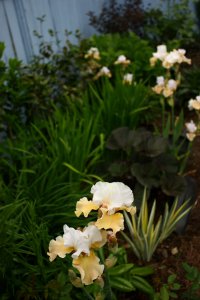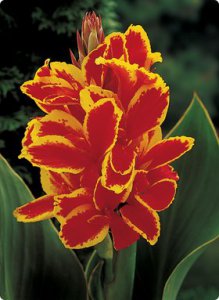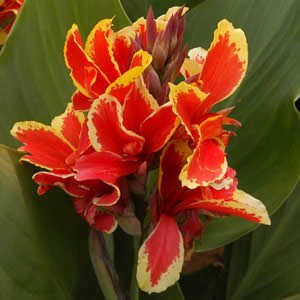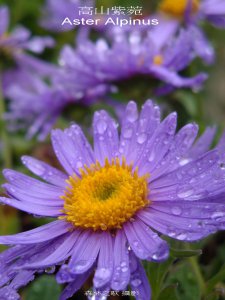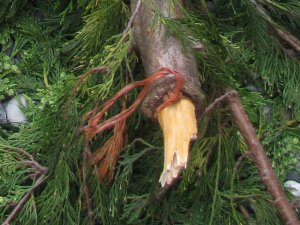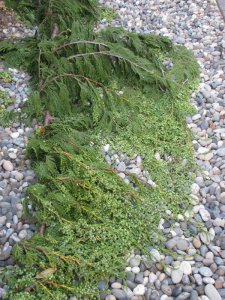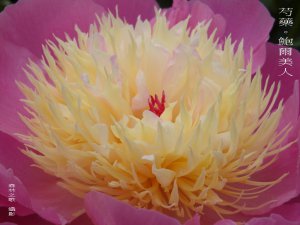吾家小园
- 主题发起人 森林之歌
- 发布时间 2010-07-27
Similar threads
- 0.04 超赞 赏
- 云升云起 ,#191
- 2024-08-01
- 聊天・灌水・娱乐・新闻・时事
2024-08-07有新回复
全楼:0.05
wolfang
2024-05-26有新回复
全楼:16.48
森林之歌
2021-04-18有新赞
全楼:15.78
森林之歌
- 10.05 超赞 赏
- 森林之歌 ,#164
- 2021-04-18
- 温哥华
2021-10-23有新回复
全楼:10.52
imatvancouver
- 6.88 超赞 赏
- 森林之歌 ,#164
- 2021-04-19
- 温哥华
2021-05-29有新赞
全楼:7.78
catspeak
2021-06-11有新赞
全楼:14.03
MyChristmas
- 14.34 超赞 赏
- 森林之歌 ,#164
- 2021-04-27
- 温哥华
2021-04-28有新赞
全楼:14.55
tonyhuang
2021-05-14有新赞
全楼:9.44
森林之歌
2021-10-29有新回复
全楼:2.97
tonyhuang
2021-05-03有新回复
全楼:9.35
montmont



 。'Iris pallida 'Aurea Variegata' 这个我都种了五年了,从来也没见过一朵花。当时买了三种,两种当年就开花了。美丽的pallida 就被错判成二等公民发配到了篱笆边--光照不够,肥水也抢不到,五年来连个子也不张。。。要是我的pallida知道生活在森林家能如此美丽,一定半夜翻墙逃走了
。'Iris pallida 'Aurea Variegata' 这个我都种了五年了,从来也没见过一朵花。当时买了三种,两种当年就开花了。美丽的pallida 就被错判成二等公民发配到了篱笆边--光照不够,肥水也抢不到,五年来连个子也不张。。。要是我的pallida知道生活在森林家能如此美丽,一定半夜翻墙逃走了

